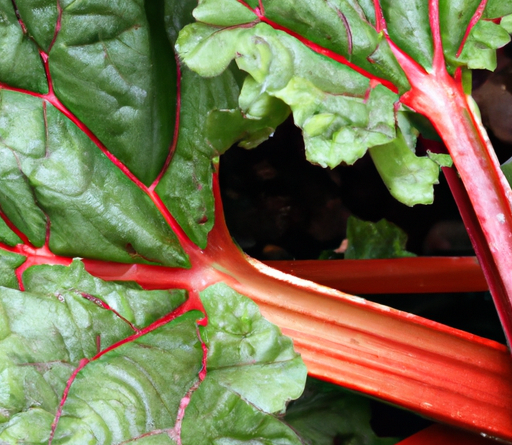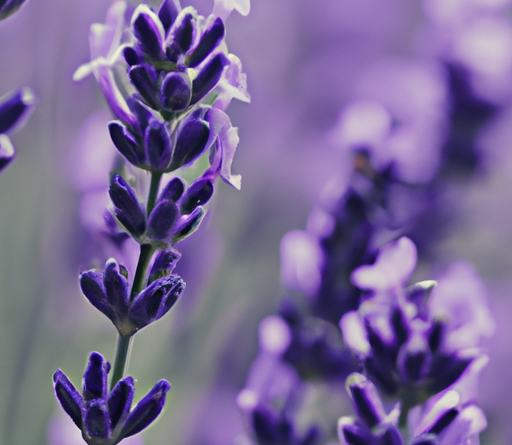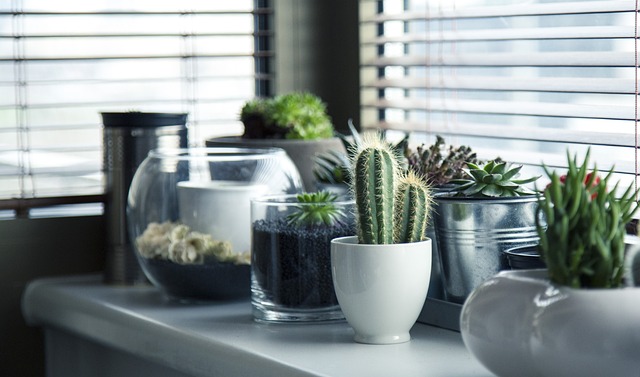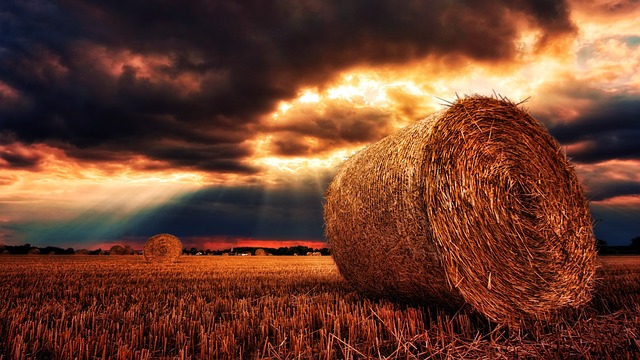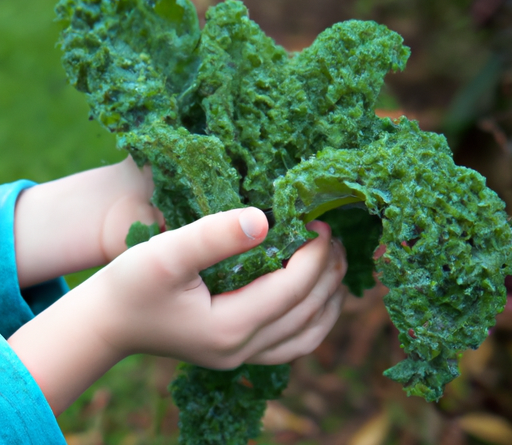
Ever wondered how to harvest kale? It’s actually easier than you might think! Kale is a versatile and nutritious leafy green that can be enjoyed in a variety of dishes. Whether you want to add it to your salads, soups, or sautés, knowing how to harvest it properly is essential to ensure you get the best flavor and texture. In this article, we’ll guide you through the step-by-step process of harvesting kale and give you some useful tips along the way.
First things first, let’s talk about when to harvest kale. The ideal time to harvest kale is when the leaves are young and tender, usually around 50-60 days after planting. Look for leaves that are about 4-6 inches long and have a vibrant green color. Avoid harvesting kale that has started flowering, as the leaves can become tough and bitter.
When it comes to actually harvesting kale, start by selecting the outer leaves of the plant. You can either cut the leaves individually or use a pair of garden shears to trim the entire plant about 2 inches above the ground. By harvesting from the outside, you allow the inner leaves to continue growing and ensure a continuous supply of fresh kale. Don’t worry if you’re left with a small stem in the middle, as it will eventually sprout new leaves.
Now that you know the basics of harvesting kale, get ready to enjoy fresh, nutritious greens in your meals. In our upcoming article, we’ll dive deeper into the world of kale and explore different ways to prepare and enjoy this superfood. Stay tuned for more tips and recipes to make the most out of your fresh kale harvest!

Table of Contents
How to Harvest Kale
Kale has gained immense popularity in recent years due to its numerous health benefits and versatility in cooking. Whether you’re a seasoned gardener or new to growing your own vegetables, learning how to harvest kale properly is essential to ensure a bountiful and delicious yield. In this article, we will guide you through the process, from understanding kale to dealing with pests and diseases, and finally, exploring the various culinary uses of this nutritious green leafy vegetable.
Understanding Kale
What is kale?
Kale, scientifically known as Brassica oleracea, is a leafy green vegetable that belongs to the cruciferous vegetable family. It is native to the eastern Mediterranean region and has been cultivated for centuries. Kale is known for its dark green or purple leaves, which have a slightly bitter taste and a hearty texture. It is packed with essential nutrients, making it a popular choice among health-conscious individuals.
Types of kale
There are several different varieties of kale, each offering its own unique flavor and appearance. Some popular types of kale include:
-
Curly Kale: This is the most common type of kale with its crinkled leaves and vibrant green color. It has a slightly bitter taste and a chewy texture.
-
Lacinato Kale: Also known as Tuscan kale or dinosaur kale, lacinato kale has long, narrow, dark blue-green leaves. It has a sweeter and milder flavor compared to curly kale.
-
Red Russian Kale: Red Russian kale has flat, tender leaves with red veins and purple stems. It has a slightly sweet and nutty flavor.
-
Siberian Kale: Siberian kale has smooth, blue-green leaves with slightly curled edges. It is hardier and more tolerant to cold weather than other varieties.
Nutritional benefits of kale
Kale is often referred to as a “superfood” due to its exceptional nutritional profile. It is low in calories but high in fiber, vitamins, minerals, and antioxidants. Some of the key nutritional benefits of kale include:
-
Vitamin C: Kale is an excellent source of vitamin C, which is essential for boosting immunity and collagen production.
-
Vitamin K: It is a rich source of vitamin K, which helps in blood clotting and bone health.
-
Calcium: Kale contains more calcium per calorie than milk, making it an excellent choice for individuals who are lactose intolerant or following a plant-based diet.
-
Iron: It is a good source of iron, which is crucial for oxygen transport and energy production in the body.
-
Antioxidants: Kale is packed with antioxidants, including beta-carotene and flavonoids, that help protect against oxidative stress and chronic diseases.
Preparing for Harvest
Determining the right time to harvest
Before harvesting kale, it is important to determine the right time for optimal flavor and nutrition. Kale can be harvested at various stages of growth, depending on your preference. Younger leaves tend to be more tender and milder in flavor, while older leaves have a stronger taste. Generally, kale leaves can be harvested when they reach about 8 to 10 inches in length.
Gathering the necessary tools
To ensure a smooth and efficient harvesting process, gather the necessary tools beforehand. You will need:
-
Sharp garden knife or garden shears: A sharp tool will make clean cuts without damaging the plant.
-
Garden gloves: Wearing gloves will protect your hands from any potential skin irritation or sharp edges.
-
A container or basket: Use a container or basket to collect the harvested kale leaves.
Pruning any damaged leaves
Before beginning the harvesting process, inspect your kale plants for any damaged or diseased leaves. Remove any yellowing or wilted leaves, as they can potentially spread diseases to healthy leaves. Pruning damaged leaves will also promote new growth and improve the overall health of the plant.
Harvesting Techniques
Using a sharp garden knife
When harvesting kale, it is recommended to use a sharp garden knife to make clean cuts. Hold the base of the kale leaf with one hand and cut the stem about 1 inch above the soil level. Avoid cutting too close to the plant’s center, as this may hinder future growth.
Cutting individual leaves
If you prefer a continuous supply of kale rather than harvesting the entire plant, you can cut individual leaves instead of the whole plant. Select the outer leaves that are fully grown and leave the younger leaves to continue maturing. Cut the stalk near the base of the plant, making sure not to damage any neighboring leaves.
Trimming the outer leaves first
When planning to harvest the entire plant, start by trimming the outer leaves first. These leaves are usually the most mature and easiest to remove. By trimming the outer leaves, you allow the younger leaves at the plant’s center to continue growing and provide a continuous supply of kale.
Avoiding damage to the center of the plant
When cutting or trimming kale leaves, be careful not to damage the center of the plant, known as the growing point. The growing point is responsible for producing new leaves, and damaging it can hinder the plant’s growth. Make sure to cut or trim the leaves a sufficient distance away from the growing point to protect it.

Storing Kale
Cleaning and washing the harvested leaves
After harvesting, it is important to clean and wash the kale leaves thoroughly to remove any dirt or debris. Fill a sink or large bowl with cold water and immerse the kale leaves. Swirl them around gently to dislodge any dirt or insects. Let the leaves soak for a few minutes and then rinse them under cold running water.
Drying the kale thoroughly
Once the kale leaves are clean, it is crucial to dry them thoroughly before storage. Excess moisture can promote bacterial growth and cause the leaves to wilt quickly. You can use a salad spinner or pat the leaves dry with a clean kitchen towel to remove the excess water.
Options for short-term storage
If you plan to use the kale leaves within a few days, you can store them in the refrigerator. Place the dried leaves in a plastic or resealable bag, squeezing out any excess air, and store them in the vegetable crisper drawer. The kale leaves can stay fresh for up to a week if stored properly.
Freezing kale for long-term preservation
For long-term preservation, freezing kale is a great option. Blanch the kale leaves in boiling water for approximately 2 minutes, then transfer them to an ice bath to stop the cooking process. Once cooled, drain the kale and pat it dry. Pack the kale leaves into airtight freezer bags or containers, removing as much air as possible. Label the bags with the date and store them in the freezer for up to 12 months.
Recipes and Uses
Raw kale salad
Raw kale salad is a refreshing and healthy way to enjoy this nutritious vegetable. Remove the tough stems from the kale leaves and tear them into bite-sized pieces. Massage the kale leaves with a bit of olive oil and lemon juice to soften them. Add your favorite salad toppings, such as cherry tomatoes, avocado, and nuts, and toss it all together for a delicious and nutritious salad.
Steamed kale with garlic
Steamed kale with garlic is a simple yet flavorful dish that showcases the natural taste of kale. Steam the cleaned and trimmed kale leaves for about 5 minutes until tender. Heat some olive oil in a pan, add minced garlic, and sauté until fragrant. Add the steamed kale, toss it with the garlic, and season with salt and pepper. Serve it as a side dish or add it to stir-fries and pasta dishes.
Kale smoothie recipes
Kale smoothies are a great way to incorporate this leafy green into your diet. Blend cleaned and chopped kale leaves with your favorite fruits, such as bananas, berries, or pineapple, and a liquid of your choice, such as almond milk or coconut water. You can also add some protein powder or a spoonful of nut butter for an extra nutritional boost. Enjoy a refreshing and nutrient-packed smoothie to start your day on a healthy note.
Kale chips for a healthy snack
Kale chips are a delicious and guilt-free snack option. Preheat your oven to 350°F (175°C). Clean and dry the kale leaves thoroughly, then remove the tough stems and tear the leaves into smaller pieces. Toss the kale with olive oil, ensuring each piece is coated evenly. Spread the kale in a single layer on a baking sheet and sprinkle with your favorite seasonings, such as sea salt, garlic powder, or paprika. Bake for about 10-15 minutes until crisp. Let the kale chips cool before enjoying their crunchy goodness.
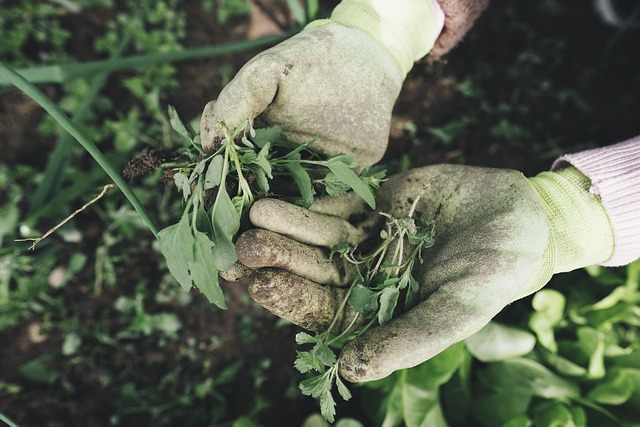
Dealing with Pests and Diseases
Common pests that affect kale
Kale can be susceptible to various pests, including aphids, cabbage worms, and flea beetles. These pests can chew on the leaves, leaving unsightly holes and damaging the plants.
Preventative measures
To prevent pest infestations, practice good garden management. Rotate your crops every year to break the life cycle of pests. Keep your kale plants healthy by providing adequate sunlight, regular watering, and well-drained soil. Avoid over-fertilizing, as it can attract insects. Additionally, consider using pest-resistant varieties of kale.
Organic pest control methods
If you notice a pest problem, there are several organic pest control methods you can try. Introduce beneficial insects, such as ladybugs or lacewings, which feed on common kale pests. Neem oil or insecticidal soap can also be used to deter pests. Some gardeners find success with companion planting techniques, such as planting marigolds or garlic near kale, as they repel unwanted insects.
Identifying and treating common diseases
Kale can also be susceptible to diseases, including powdery mildew and black rot. Powdery mildew appears as a white powdery substance on the leaves, while black rot causes dark spots, wilting, and yellowing.
To prevent diseases, water your kale plants at the base and avoid watering the leaves. Proper air circulation around the plants can also help prevent fungal infections. If you notice signs of disease, remove and dispose of the affected leaves to prevent further spread. Fungicidal sprays, such as copper-based solutions, can be used as a last resort.
Tips for Successful Harvesting
Regularly inspect the plants
Regularly inspecting your kale plants is crucial for successful harvesting. Check for any signs of pests, diseases, or nutrient deficiencies. Prune any damaged leaves promptly to prevent the spread of disease and ensure the overall health of the plants.
Harvesting outer leaves first
To ensure continuous growth and a prolonged harvest, start by harvesting the outer leaves first. By removing the mature leaves, you allow the younger leaves in the center of the plant to continue growing. This method ensures a steady supply of fresh kale throughout the growing season.
Not letting the leaves turn yellow
Leaves that turn yellow indicate nutrient deficiencies or other underlying issues. To maintain the health and quality of your kale, make sure to address any problems promptly. Yellow leaves can also become tough and bitter, so it’s best to harvest kale leaves while they are still vibrant green.
Harvesting only what you need
To enjoy the freshest kale possible, harvest only what you need. This will ensure that the rest of the plant continues to grow and produce new leaves. Harvesting small quantities as needed will allow you to enjoy the optimal flavor and nutritional benefits of freshly harvested kale.

Other Varieties of Leafy Greens
Collard greens
Collard greens are another popular leafy green vegetable. They have thick, dark green leaves with a slightly bitter taste. Collard greens are often used in Southern cuisine and can be cooked or used as a wrap instead of tortillas.
Spinach
Spinach is a versatile leafy green that can be enjoyed raw or cooked. It has tender, dark green leaves and a mild taste. Spinach is packed with iron and other essential nutrients, making it a nutritious addition to any meal.
Swiss chard
Swiss chard, also known as rainbow chard, has vibrant, colorful stems and dark green leaves. It has a slightly bitter taste and can be enjoyed cooked or raw. Swiss chard is rich in vitamins A, C, and K, as well as minerals like magnesium and potassium.
Lettuce
Lettuce is a common leafy green that is widely consumed. It comes in various types, including romaine, butterhead, and iceberg. Lettuce has a high water content and is often used as the base for salads or as a wrap for sandwiches and burgers.
Health Benefits of Kale
Rich in vitamins and minerals
Kale is a nutrient-dense vegetable that provides a wide range of vitamins and minerals essential for overall health. It is particularly high in vitamins C, K, and A, as well as minerals like calcium and iron.
High antioxidant content
Kale is loaded with antioxidants, including beta-carotene, lutein, and zeaxanthin. These antioxidants help protect against cell damage, reduce inflammation, and support overall health.
Supports heart health
The fiber, potassium, and antioxidants found in kale contribute to heart health. Kale can help lower cholesterol levels, reduce blood pressure, and promote cardiovascular well-being.
Boosts immune system
Kale’s high vitamin C content plays a crucial role in boosting the immune system. It helps stimulate the production of white blood cells, which are essential for fighting off infections and diseases.

Conclusion
Harvesting kale can be a rewarding experience that not only provides you with delicious and nutritious greens but also allows you to connect with nature and promote self-sustainability. By following the proper harvesting techniques, you can ensure a continuous supply of fresh kale throughout the growing season. Remember to regularly inspect your plants, harvest the outer leaves first, and take preventive measures against pests and diseases. Enjoy your freshly harvested kale in a variety of recipes, from salads to smoothies and everything in between. Embrace the versatility and health benefits of kale, and let it become a staple in your kitchen and your journey towards a healthier lifestyle.



